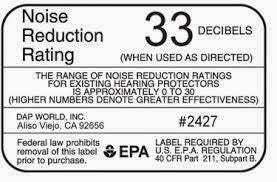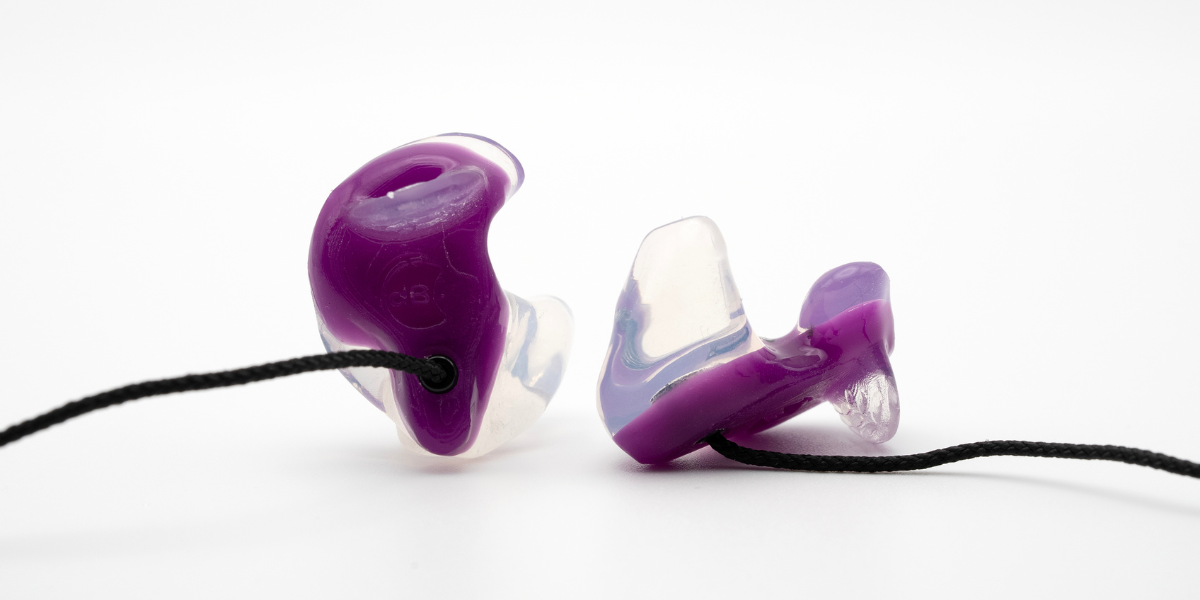What is Noise Reduction Rating (NRR)
The Noise Reduction Rating (NRR) is a standardized measure that indicates the effectiveness of hearing protection devices, like earplugs and earmuffs, by showing the amount of noise reduction they provide in decibels (dB).
- In Canada, the standard is CSA Z1007-16.
- In the USA the standard is ANSI S12.6.

NRR Ratings & Attenuation
Noise Reduction Ratings (NRR) serve as a standardized benchmark, providing an objective reference for those committed to protecting worker hearing. Acting like a "measurement tool," the NRR indicates how effectively a specific hearing protection device performs in typical work environments. It’s important to note, however, that NRR values are estimates, representing the level of protection that 98% of users can expect with proper fit. Individual fit and personal factors can significantly impact these numbers—sometimes by as much as 50%—emphasizing the importance of correct usage to maximize hearing protection.
Types of Hearing Protection and NRR
- Types of hearing protection are earmuffs, disposables, and custom-fit earplugs, for example: dB Blockers.
- Disposable earplugs typically provide and NRR in the Real World of 12-15 dB
- All of these options need to be de-rated as per CSA guidelines.
- All of the options(muffs, disposables or other custom fit earplugs) that do not provide Method B/SNR(SF84) attenuation must be de-rated
- CPE dB Blockers are the only hearing protection product that do not require de-rating of the NRR, as they conform to the new CSA Z1007-16 Standards, under subsection 7.12.3.3 SNR(SF84)

Understanding Noise Reduction Ratings (NRR)?
Noise Reduction Ratings (NRR) are crucial for assessing a device's effectiveness in protecting hearing in noisy environments. However, the actual decibel reduction from wearing hearing protection may not match the NRR exactly.
Additional NRR Guidelines
The NRR serves as a commonly used method to quantify the level of noise reduction provided by various types of hearing protectors. To start, when measuring noise reduction ratings, the decibel (dB) is used as a standard unit of measurement to describe the intensity or compression of a particular sound level.
Other rating systems, such as the Single Number Rating (SNR) based on real ear attenuation measurements, also offer a reliable method of evaluating hearing protection. SNR (SF 84), for example, indicates the level of protection that 84% of users are expected to receive in a well-managed hearing conservation program.
For more details on NRR and hearing protection standards, consult resources like CSA Z1007-16 and ANSI S12.6.





